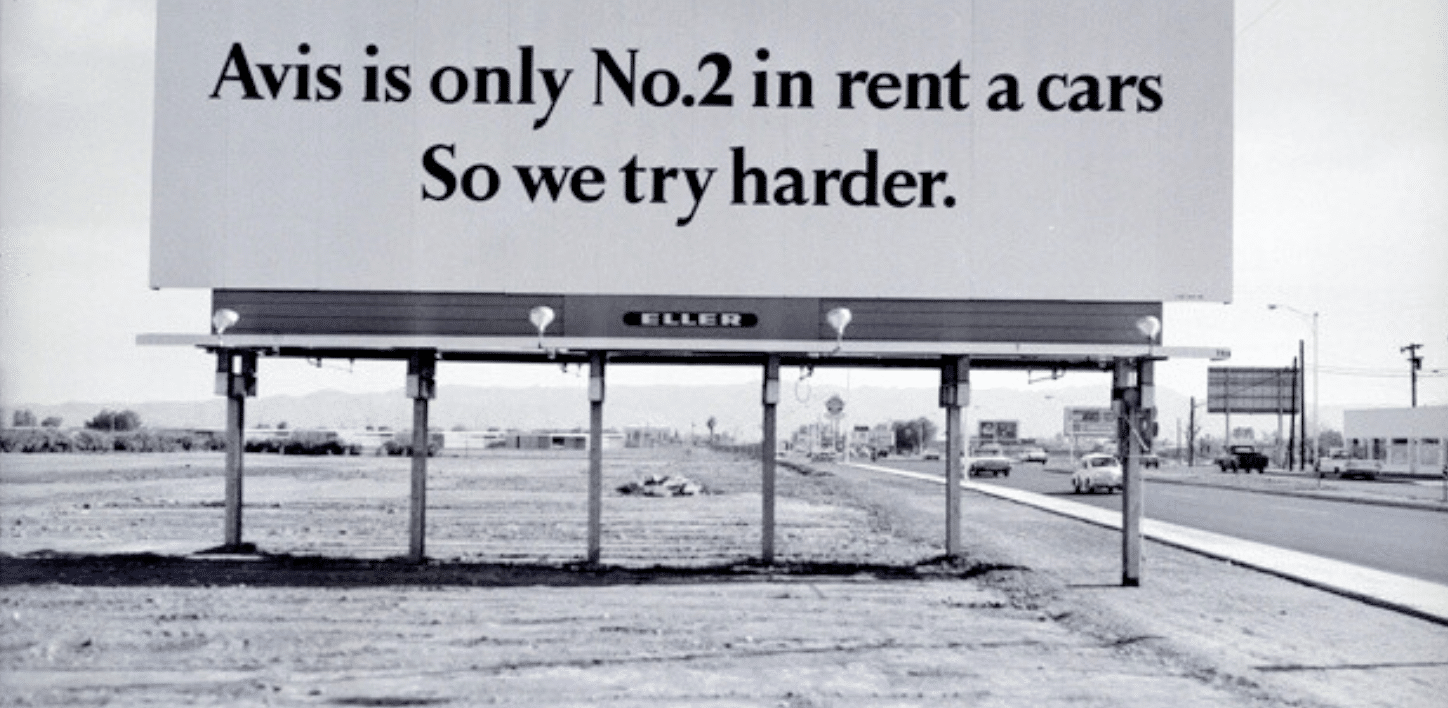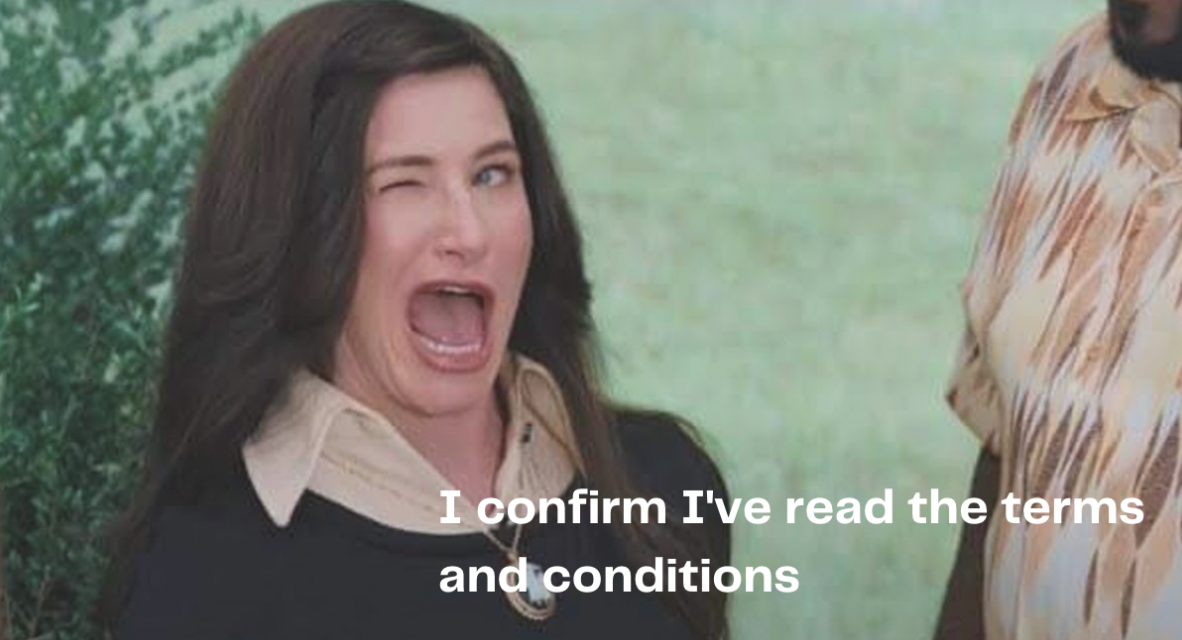
Since UX writing is a relatively new discipline, most people, and businesses, are still trying to work out exactly what it is. With that in mind, there’s a good chance that what you’ve heard about UX writing isn’t true. Despite its seemingly straightforward name, UX writing blends a unique set of objectives to deliver user-focused copy across digital products. In this article, we’ll go over five common UX writing myths, and explain the truth behind them, to help you understand the role that UX writers play and why they’re crucial to your business.
In this article:
- Myth #1: UX writing and copywriting are the same
- Myth #2: Anyone can write microcopy
- Myth #3: Microcopy can be written quickly and easily
- Myth #4: UX writing is secondary to UX design
- Myth #5: Users don’t notice UX copy
Myth #1: UX writing and copywriting are the same
The biggest misconception is that UX writing is the same as, or interchangeable with, other content-related disciplines, namely copywriting. In many cases, this manifests as businesses expecting their copywriters to produce user interface microcopy – short pieces of copy that are used on apps, products and websites, such as button copy and error messages – or expecting UX writers to produce marketing material.
Truth #1: While there are similarities, these roles are very different
As you may have guessed, both copywriters and UX writers are alike in the fact that they’re both wordsmiths. What differentiates UX writing from copywriting is the objective of the copy. Copywriters are tasked with writing text to advertise and market a product or service, and inspire readers to take action. Whereas, UX writers are responsible for crafting microcopy for user interfaces, to guide users through their tasks. While both types of writing are important to a business’ success, and some writers can do both, they’re fundamentally different.
Myth #2: Anyone can write microcopy
Since UX writers typically work with small pieces of microcopy, one of the most common myths is that anyone can do it, from designers, to other writers and marketing professionals.
Truth #2: Writing UX copy requires a specific set of skills
Although anyone can learn how to write UX copy, this is far from the truth. A good analogy for this is, you wouldn’t expect a plumber to be able to build a house.
The reason why UX copy is so specialised is the words you use in your interface will have a significant impact on your users’ experience. This means they play a role in helping them decide whether to use your product or service again. Equally, marketing copy helps users decide whether they want to look at your app or product at all. Different types of copy require different skill sets, and although we all use and write words in some capacity, we do so in different ways.
Myth #3: Microcopy can be written quickly and easily
If you hired a copywriter to write an ebook, you would expect this will take them a few days. However, when it comes to UX writing, you may expect that a few error messages or pop-ups can be delivered in half the time.
Truth #3: High-quality UX copy takes time
When it comes to UX copy, “less is more” is a very accurate description. UX writers will often work with far fewer words than other writers, but these words will play an integral role in your users’ experience, so they need to be carefully considered. In addition to that, UX writers have several objectives when they’re crafting copy. These include (but are not limited to):
- Communicating a message to the user in a way that is informative but concise
- Telling the user what they and can’t do at each point of their journey
- Ensuring that the copy is consistent with the brand’s tone of voice, and the interface’s existing copy
Taking this strategic approach to every word and phrase requires thorough consideration, which can’t be done (well) in a hurry.
Myth #4: UX writing is secondary to UX design
Another common myth is that the design of an interface is more important than the words that go into it. A common scenario is that businesses will give designers weeks to get the perfect ‘look’ for their product. Then, a few days before its release, they’ll loop in a UX writer to ‘fill in the blanks’.
Truth #4: UX writing and UX design are equally important
When it comes to putting together a great interface that delights your users, design and copy are both equally important. You couldn’t have a beautiful interface with no words, and you couldn’t sit award-winning copy in a poorly-designed interface.
UX writers do much more than just put words together. They look at aspects such as how information is architectured on a page or screen, how copy flows from one screen to the next, and whether the use of one component works within a specific part of the journey. This is a vital contribution to the interface’s design, which is why it’s important that UX writers are included from the beginning of the design process.
Myth #5: Users don’t notice UX copy
Jakob Nielsen, the ‘guru of web usability’, has said that web users don’t read web pages word-for-word. Instead, they scan each page and pick out words and sentences that stand out. From that, you may assume that it doesn’t matter what copy is on the page, as long as the key bits of information are easy to see and understand. But that assumption would be wrong.
Truth #5: UX copy is designed to support the user
This is largely true, but identifying which pieces of copy need to be emphasised, and deciding which is the best way to do it (for instance, choosing between bolding, highlighting, or creating new components) is part of the magic that UX writers provide to interfaces. So, although your users may not read the copy line-by-line, UX writers can identify which parts need to be spotlighted in order to help your users to complete their task easily.
Understanding any new discipline isn’t easy, but by breaking down these common misconceptions, you’ll be able to identify why UX writing is a necessary addition to your business’ strategy. If you’re looking for further advice on UX copy, or you need UX writing services, get in touch with us using the button below.




